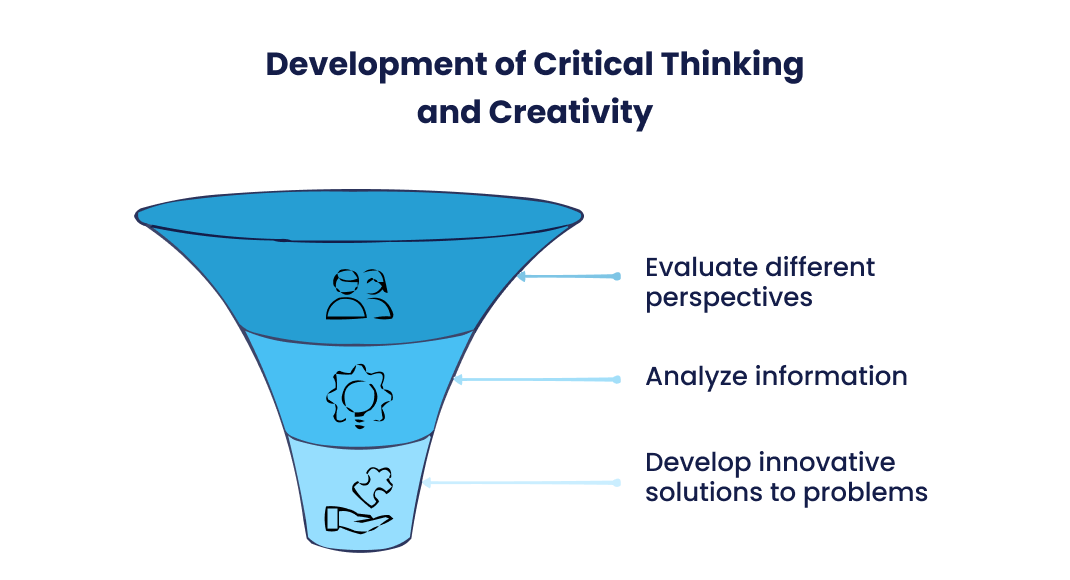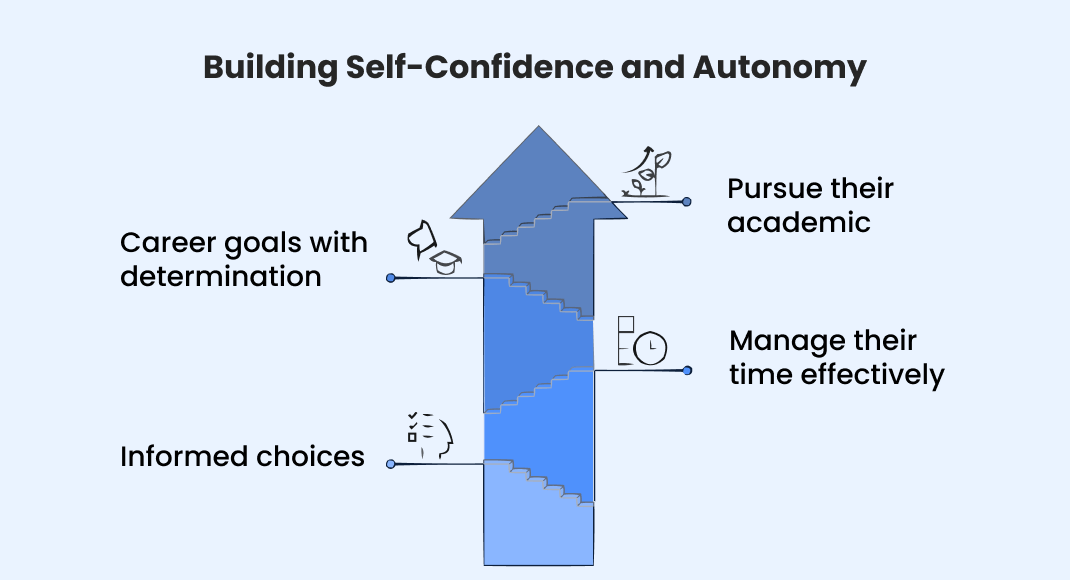How MITAOE International Relations Helps Students to Provide a Global Platform for Further Education
The shift from a traditional, teacher-centered approach to a more flexible, student-driven model is modernising education. At the core of this transformation is the choice-based curriculum, a system designed to allow students to tailor their education to their interests, strengths, and career aspirations.
This blog explores how the Choice Based Credit System (CBCS) is reshaping student learning, especially in higher education.
What Is a Choice-Based Curriculum?
A choice-based curriculum is an educational framework that enables students to select courses and subjects based on their personal interests and academic goals. Unlike the traditional approach, where the curriculum is uniform and predetermined, the choice-based system offers flexibility, allowing students to design their learning pathways.
The traditional method of teaching was based on the jug-mug theory, where the students were believed to be ‘empty vessels’ and the teacher used to pour all their knowledge into them. This, however, is irrelevant in today’s time. The times have changed; students are now seeking active methods of learning, where the classroom becomes highly engaging and participatory.
This model is particularly prevalent in higher education, where the Choice Based Credit System (CBCS) structures the curriculum so that students can earn credits for chosen courses.
What are the Benefits of Choice-Based Curriculum in Student Learning?
The choice-based curriculum offers numerous benefits that enhance the learning experience.
Increased Student Motivation and Engagement
One of the key advantages of a choice-based curriculum is its ability to boost student motivation and engagement. When students have the freedom to choose subjects that align with their interests, they are more likely to be invested in their studies.
This leads to better academic performance and a deeper understanding of the material. The flexibility of the Choice Based Credit System in higher education allows students to explore diverse subjects, making learning more enjoyable.
Development of Critical Thinking and Creativity
The choice-based curriculum fosters critical thinking and creativity. By selecting courses that challenge them and encourage independent thought, students learn to
-
Analyze information
Evaluate different perspectives
Develop innovative solutions to problems
This approach not only nurtures creativity but also prepares students for careers in industries that value originality and forward-thinking.

Fostering Creativity and Innovation
The choice-based curriculum plays a crucial role in fostering creativity and innovation by allowing students the freedom to explore subjects that genuinely interest them. When students are not confined to a rigid set of courses, they can engage in interdisciplinary learning, where they can draw connections between different fields.

Building Self-Confidence and Autonomy
The choice-based curriculum is also instrumental in building self-confidence and autonomy among students. By giving them the power to make decisions about their education, this system encourages students to take ownership of their learning journey.
As they navigate their chosen paths, students gain confidence in their abilities to make
- Informed choices
- Manage their time effectively
- Pursue their academic
- Career goals with determination
Personalized Learning Experiences
One of the most appealing aspects of a choice-based curriculum is its ability to offer personalized learning experiences. Every student has unique strengths, interests, and career aspirations. The choice-based system recognizes this diversity and offers a flexible curriculum tailored to individual needs, ensuring that students can pursue a learning path that best suits their goals.
Implementation Strategies of Choice-Based Curriculum
The Implementation strategies involve balancing flexibility with clear expectations and using continuous assessment to monitor their progress.
Providing a Variety of Learning Options
Offering a wide range of courses across disciplines allows students to explore their interests and tailor their education to their goals. This variety ensures students can build a well-rounded, interdisciplinary education that enhances their learning experience.
Creating a Supportive Learning Environment
A supportive environment with access to
- Academic Advisors
- Tutoring
- Counseling
is essential for guiding students through their academic journey. This support helps students make informed decisions and succeed in a flexible curriculum.
Balancing Student Choice with Clear Expectations
Clear expectations and guidelines help balance the flexibility of a choice-based curriculum with the need for academic rigor. This balance ensures students understand course demands and are prepared to meet them while benefiting from personalized learning.
Assessing Student Progress and Growth
Continuous assessment through quizzes, projects, and exams provides regular feedback, helping students stay on track and make necessary adjustments. It also allows educators to monitor progress and ensure the curriculum meets educational goals.
Why MITAOE is the Best College for a Choice-Based Curriculum in Pune?
MIT Academy of Engineering (MITAOE) stands out as one of the best institutions in Pune for implementing a choice-based curriculum. MITAOE has embraced the Choice Based Credit System, offering students the flexibility to design their educational journeys according to their interests and career goals.
The institution is committed to providing a
- Wide range of courses,
- State-of-the-art facilities
- Supportive learning environment
that fosters creativity, innovation, and academic excellence.
OUR RECENT BLOG



